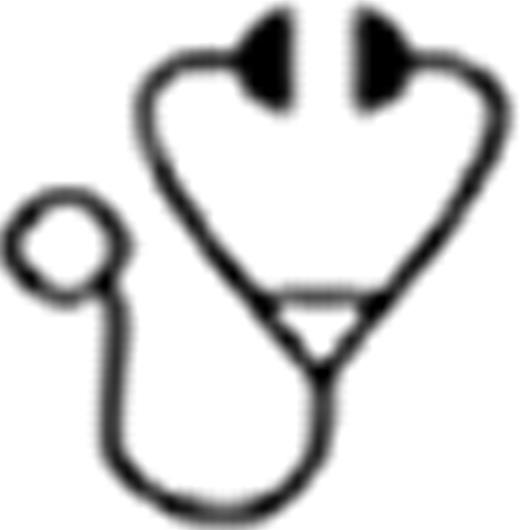Abstract
Abstract  4246
4246
Analysis of administrative databases indicates high acute health care utilization in 18 to 30 year old patients with sickle cell disease (SCD). Thirty-day re-hospitalization rates are higher in SCD than any other disease studied. Administrative databases may misrepresent clinical care due to coding errors. We undertook a study of acute health care utilization in a community-based healthcare system that provides comprehensive pediatric sickle cell care up to age 21 years of age, but without a dedicated adult clinic in place.
This study is a retrospective chart review (1/1/2009-12/31/2010) using discharge ICD-9-CM codes for sickle cell disease in primary or secondary diagnoses at Long Beach Memorial Medical Center/Miller Children's Hospital. To assess clinical care for SCD in our community, we examined 14- and 30-day readmissions and Emergency Department (ED) encounters following an index admission.
We identified 174 unique patients and 563 acute care encounters (readmission plus ED visits). Median patient age was 15 years (range 7 days to 65 years). There was a female predominance (96 female;78 male). Insurance coverage distribution overall was 67.5% public, 26.6% private, 3.9 % uninsured, and 0.5% unknown. The percent of patients with at least one 14-day and one 30-day readmission was 7.2% and 14.5% of those 10 or less (n=55), 10.9% and 16.4% of those 11–20 (n=55), 41.0% and 51.3% of 21–30 year old (n=39), and 16% and 28% of those over age 30 years (n=25). The ED treat and release rate within 14 days of discharge from an inpatient hospitalization was 9.5% of acute care encounters and occurred entirely in the over 30 yr old population. The overall rate within 30 days was 9.9% (6.3% acute care encounters in </= 10 yr olds, 0% 11 to 20, 2.5% 21–30, and 14% for over 30 year olds). The median number of 30-day acute care encounters for the entire population per patient per year was 1.62; 1.22 in </= 10 yr olds, 1.28 for 11–21 yr olds, 2.41 for 21–30 yr olds, and 2.0 for those over 30 yrs old. A few patients (5.2%) had 11+ encounters in a two-year period – the majority (67%) were 21–30 years old. Acute care encounters per patient per year in public vs. privately insured patients were: 1.30 and 0.95 for ages </= 10 yrs (80.0% public insurance), 1.27 and 1.32 for ages 11–20 (58.2% public insurance), 2.70 and 1.69 for ages 21–30 (74.4% public insurance), and 2.77 and 1.20 for those over 30 years old (60% public insurance). The six uninsured patients (1 each 11–20 and 21–30 yrs old, 4 >30 yrs old) had 1.2 encounters/patient/year. Length of stay and discharge diagnoses did not differ between the index admission and readmission in any age group. Acute care encounters within 30 days vs. index hospitalization were due to pain (90% vs. 92%), surgery (3.1% vs. 3.7%), acute chest syndrome (2.5% vs. 1.9%), childbirth (1.8% vs.0%), and for other reasons (2.5%, 2.5%).
We confirmed previous database studies that the highest rate of 14- and 30-day readmission and the highest number of acute care encounters/patient/year occurs in 21–30 year olds. A small number of patients, the majority aged 21–30 years, account for >11 encounters in the two-year study period. There were more encounters for 21–30 and 31+ year olds for those publicly vs. privately insured. There was minimal use of the ED to treat and release following a hospital discharge in SCD patients under the age of 31. Dissecting the multiple reasons for the high number of encounters and rehospitalizations may result in decreasing acute health care utilization by persons with SCD, especially for patients greater than 21years old.
No relevant conflicts of interest to declare.
Author notes
Asterisk with author names denotes non-ASH members.

This icon denotes a clinically relevant abstract

This feature is available to Subscribers Only
Sign In or Create an Account Close Modal